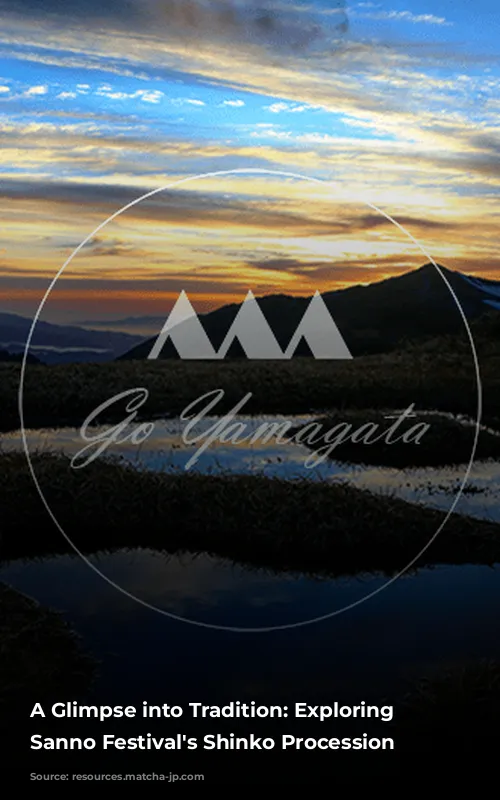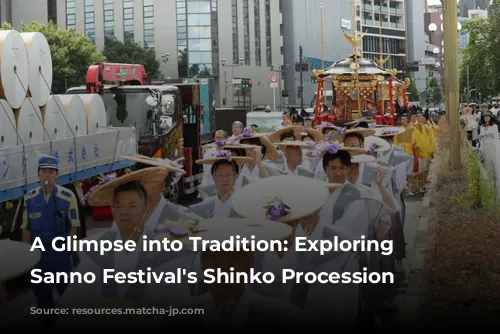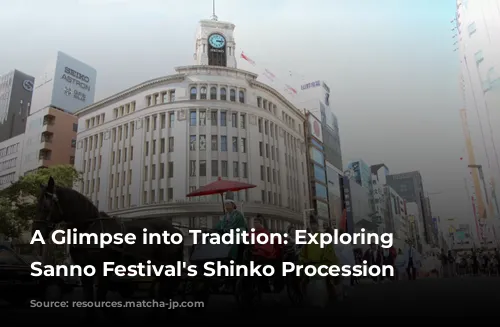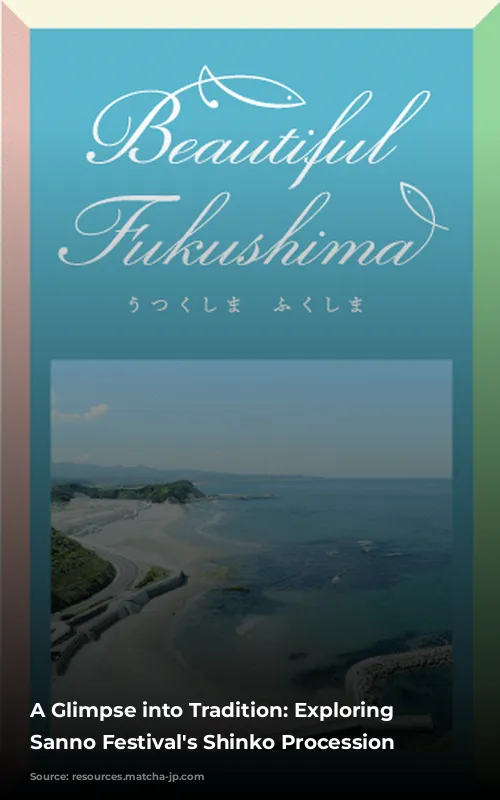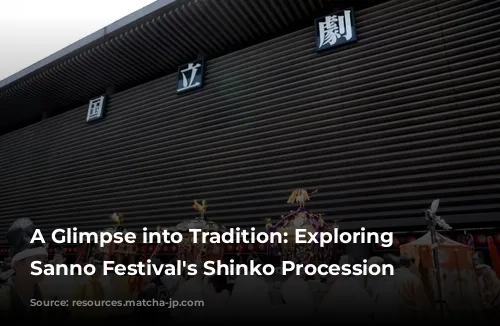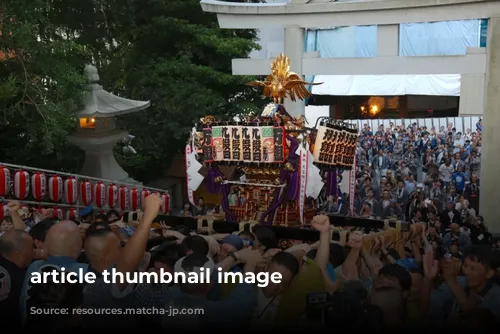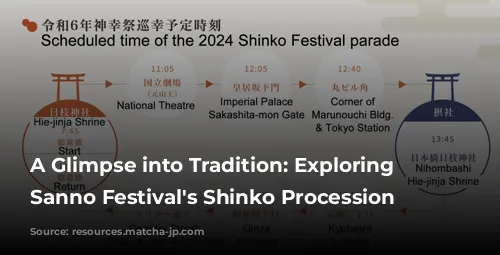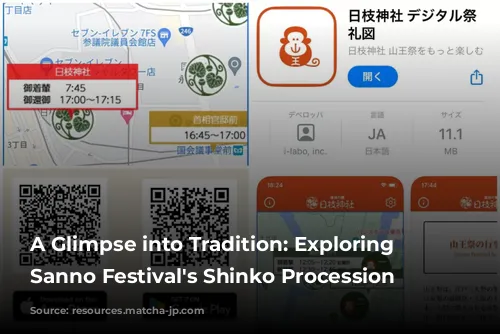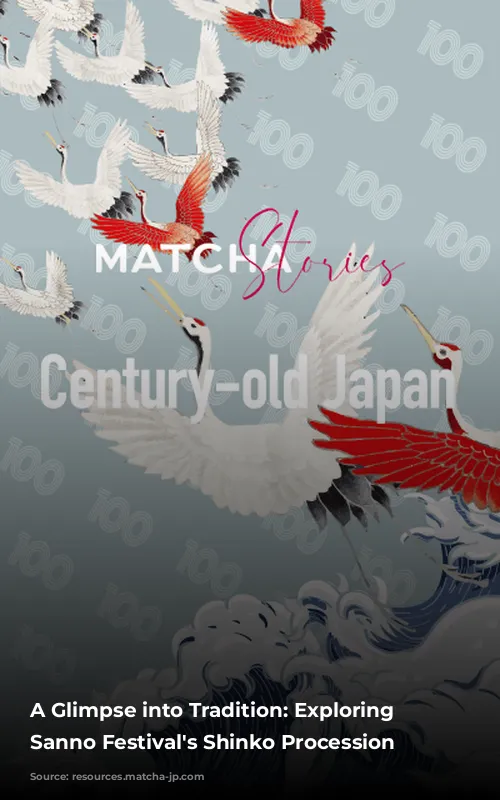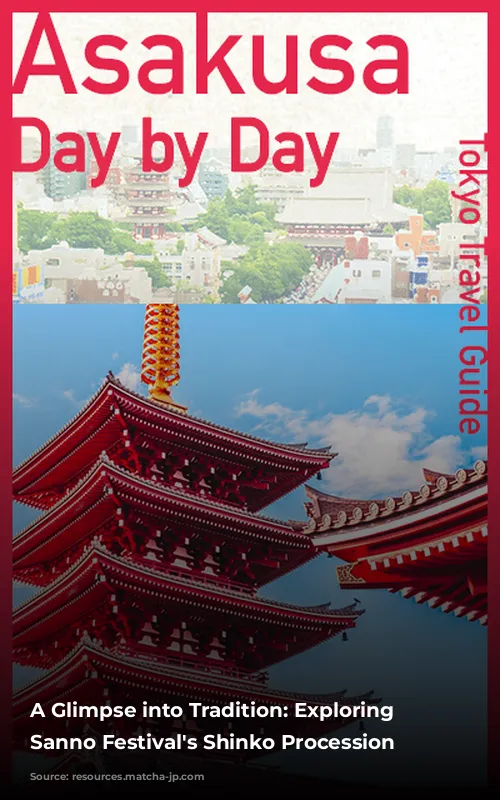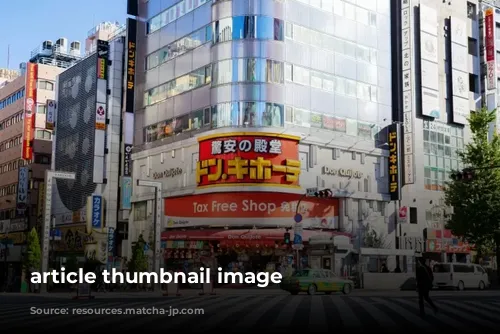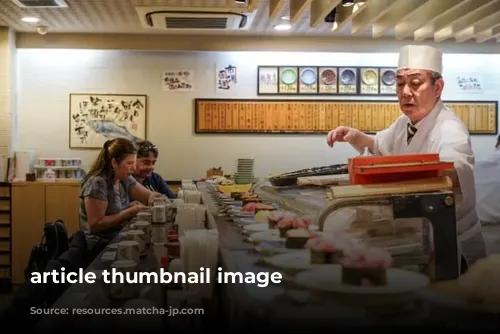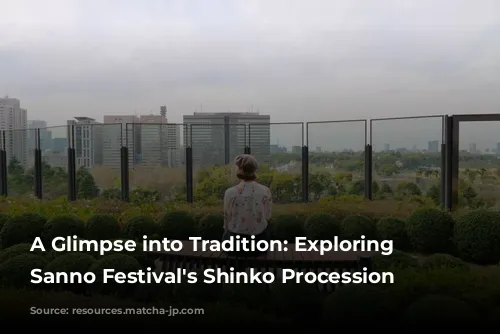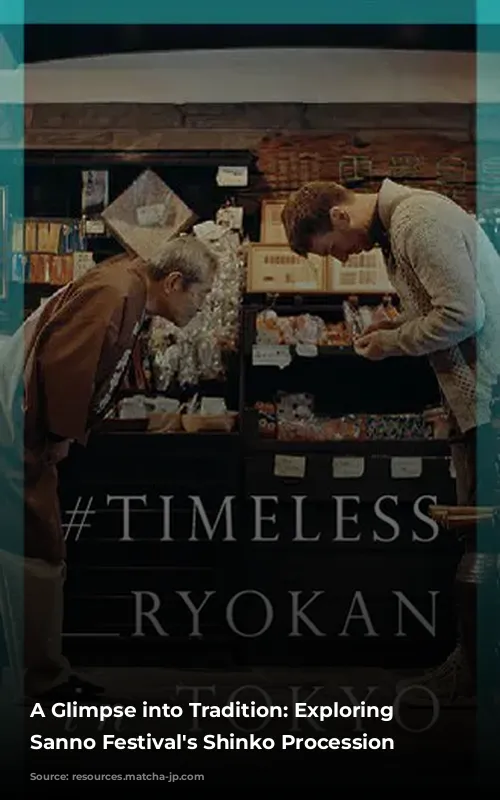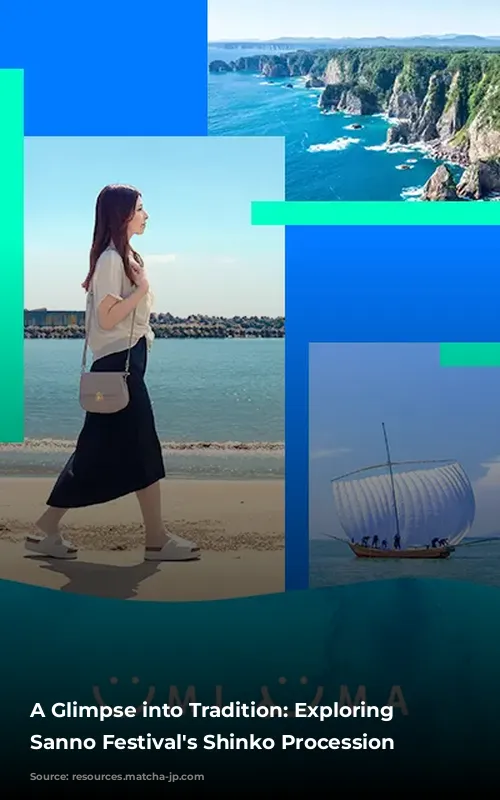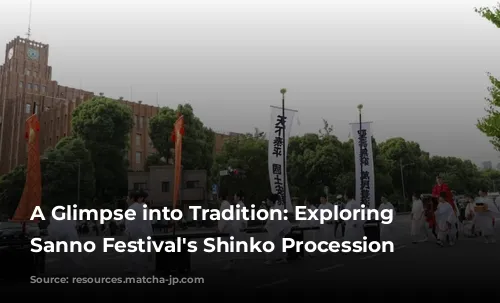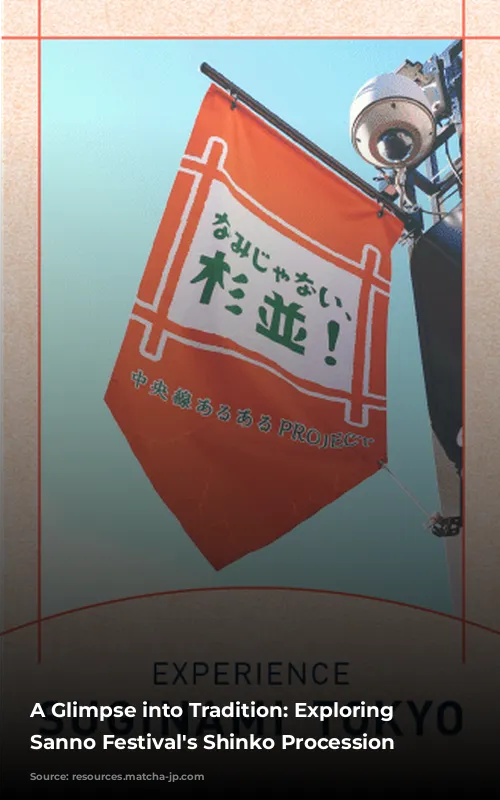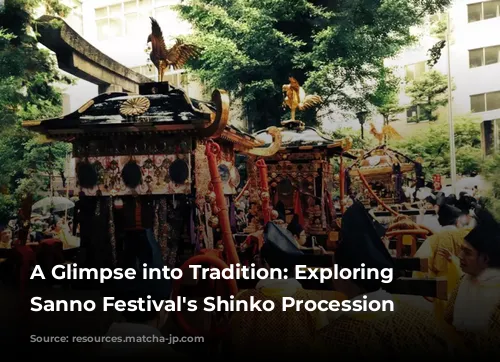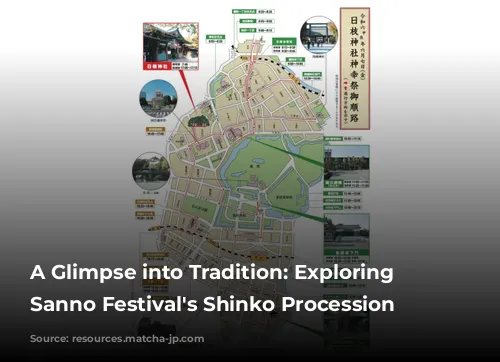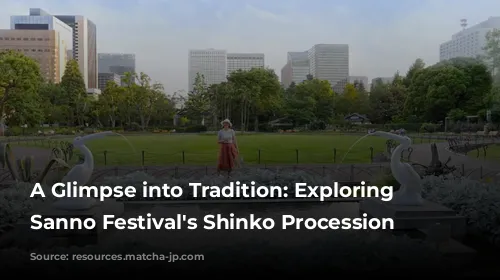Get ready to step back in time and immerse yourself in the captivating Sanno Festival, a grand spectacle steeped in history and tradition. Held every two years, this year marks a momentous occasion as the festival returns with its main event, the Shinko Festival, in full glory after a six-year hiatus. Prepare to be swept away by the vibrant colors, ornate costumes, and rhythmic procession that paint a vivid picture of Tokyo’s rich cultural heritage.
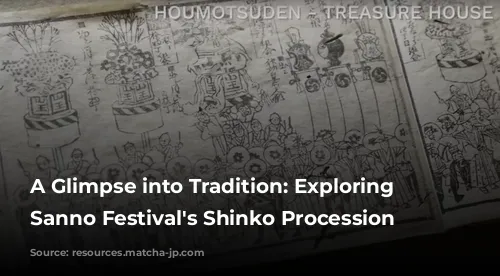
A Journey Through Time: The Roots of the Sanno Festival
The Sanno Festival traces its origins back to the Kamakura period, where it was celebrated to appease the gods and ensure peace in the land. The Shinko Festival, the heart of the Sanno Festival, emerged during the Edo period and quickly became a cornerstone of Edo’s cultural landscape.

A Celebration of Edo’s Grandeur: The Sanno Festival in the Edo Period
Imagine a vibrant cityscape where elaborate festival floats, modeled after the Gion Festival in Kyoto, adorned the streets. The Sanno Festival was more than just a religious ceremony; it was a spectacle designed to revitalize Edo, prevent disease outbreaks, and showcase the city’s burgeoning prestige. The festival even had the honor of entering Edo Castle, a testament to its prominence and the support of the shogunate. With up to 45 floats competing for the most breathtaking decorations, the festival reached extravagant heights, even featuring an elephant show at one point!
The Shinko Festival: A Procession of Splendor
The Shinko Festival, held on June 7th, is the undisputed highlight of the Sanno Festival. This breathtaking spectacle features a 300-meter-long procession adorned in exquisite imperial attire, winding its way from the Hie Shrine around the Imperial Palace. The procession spans an impressive 23 kilometers, weaving through iconic landmarks like Yotsuya, Nihombashi, and Shimbashi, all areas that were once part of Edo Castle.
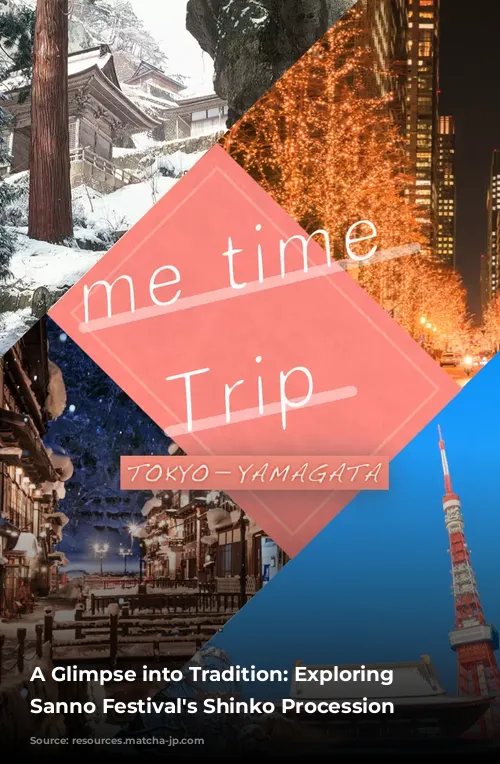
A Journey Through Time: Following the Procession’s Path
Imagine the Sanno Festival’s procession as a time machine, transporting you through the streets of Edo and modern Tokyo. To make navigating the route a breeze, the official Hie Shrine website offers a PDF map and a Google Maps app (both in Japanese).
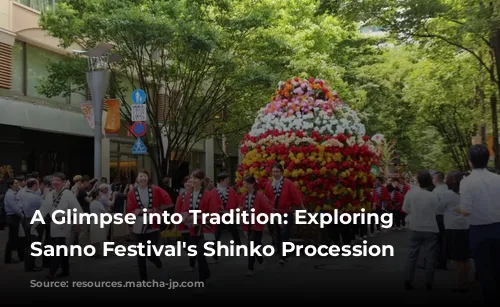
A Guide to Witnessing the Shinko Festival’s Majesty
For those eager to experience the Shinko Festival, the Chiyoda City Tourism Association has published a comprehensive “Guide to Enjoying the Sanno Festival.” This invaluable resource includes feature articles and a clear guide map, making it a perfect companion for first-time visitors.
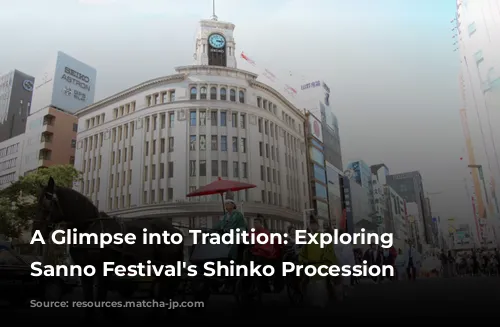
Prime Viewing Points: Where to Catch the Shinko Procession
The Shinko Festival procession offers a multitude of captivating viewing spots. Early risers can witness the procession’s grand departure from Hie Shrine in the Akasaka/Nagatacho area.
Another excellent vantage point is in front of the National Theatre, where the procession pauses, giving spectators a chance to capture stunning photos of the Gohokoshi and Miyamikoshi.
For a truly immersive experience, follow the procession along Uchibori-dori, the moat of the Imperial Palace. You’ll be treated to a magnificent 300-meter procession without traffic lights interrupting the spectacle.
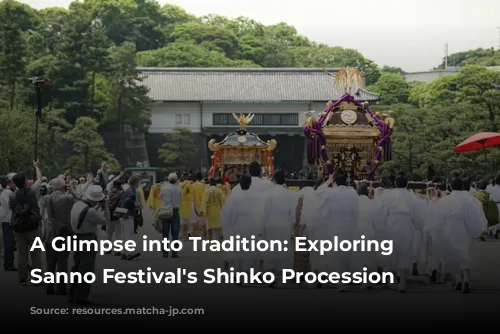
Continuing the Procession’s Journey: Unveiling Tokyo’s Treasures
The procession continues through Kokyo Gaien National Garden Outer Gardens, leading to the Sakashitamon Gate, one of the Imperial Palace’s entrances. The iconic Nijubashi Bridge is also within easy reach, offering an opportunity to capture a piece of Tokyo’s historical charm.
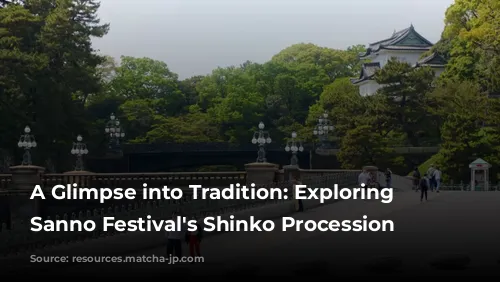
Urban Oasis: Marunouchi Nakadori’s Tranquility
After the Sakashitamon Gate, the procession ventures onto Gyoko-dori Street, leading towards Tokyo Station. Along the way, it turns onto Marunouchi Nakadori Street, a popular shopping and cafe haven. This tree-lined street offers a respite from the bustling city, perfect for a refreshing tea break.
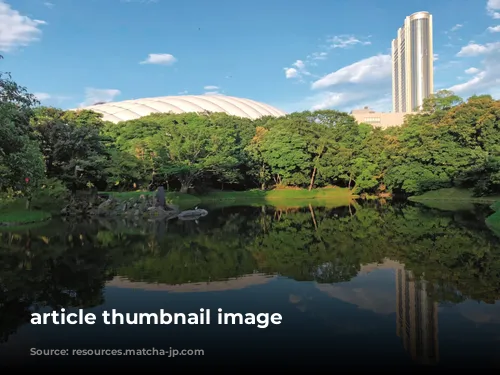
Ginza’s Enchanting Blend of Modernity and Tradition
The procession’s journey culminates in Ginza, a vibrant district that seamlessly blends skyscrapers with historical architecture. This iconic area, known for its luxury brands, fine dining, and trendsetting boutiques, provides a captivating backdrop for the traditional costumes of the procession.
Hibiya’s Serene Beauty: A Final Stop for the Procession
The Shinko Festival procession concludes its journey in the Hibiya area, passing by the renowned Imperial Hotel and weaving through Hibiya Park, Japan’s first Western-style park. This scenic park offers a serene respite, featuring a captivating fountain and vibrant blooms.
Exploring Hibiya: From Culinary Delights to Urban Landscapes
After witnessing the Shinko Festival, HIBIYA OKUROJI, a commercial complex built under the railway overpass, beckons with its shops and cafes. The “low line espresso & bar” offers a delightful array of coffee and matcha lattes.
Adjacent to Hibiya Park, TOKYO MIDTOWN HIBIYA is a haven for culinary delights. Indulge in a delectable meal and enjoy breathtaking views of the park and the Imperial Palace from the “Park View Garden” on the 6th floor.
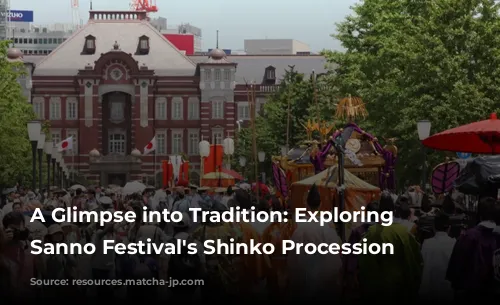
A Once-in-a-Lifetime Experience: Embrace the Sanno Festival’s Magic
The Sanno Festival’s Shinko Festival is a rare and unforgettable experience, occurring only once every two years. Embrace this opportunity to create cherished memories, immersing yourself in the splendor of tradition and the captivating beauty of Tokyo’s cultural heritage.
